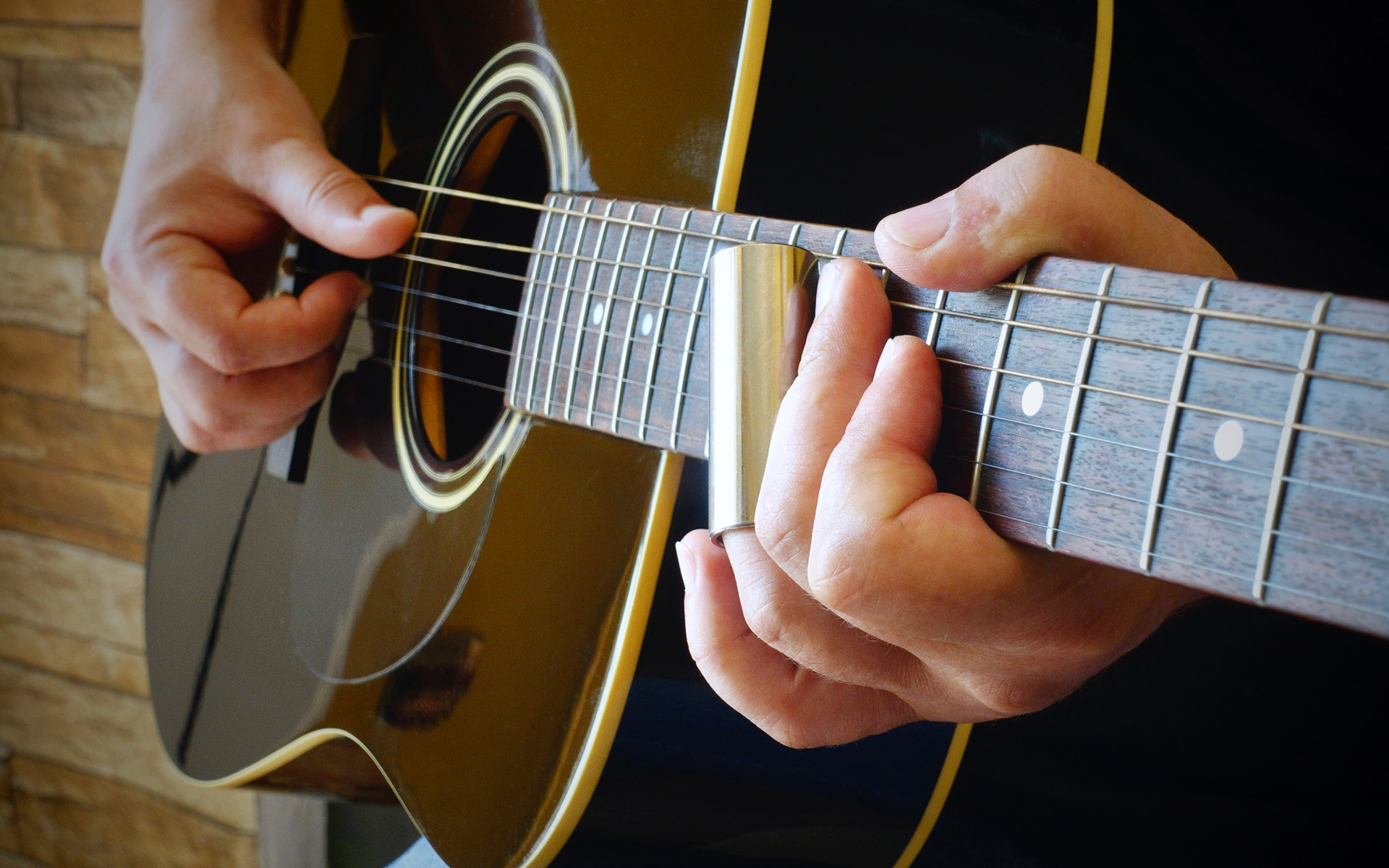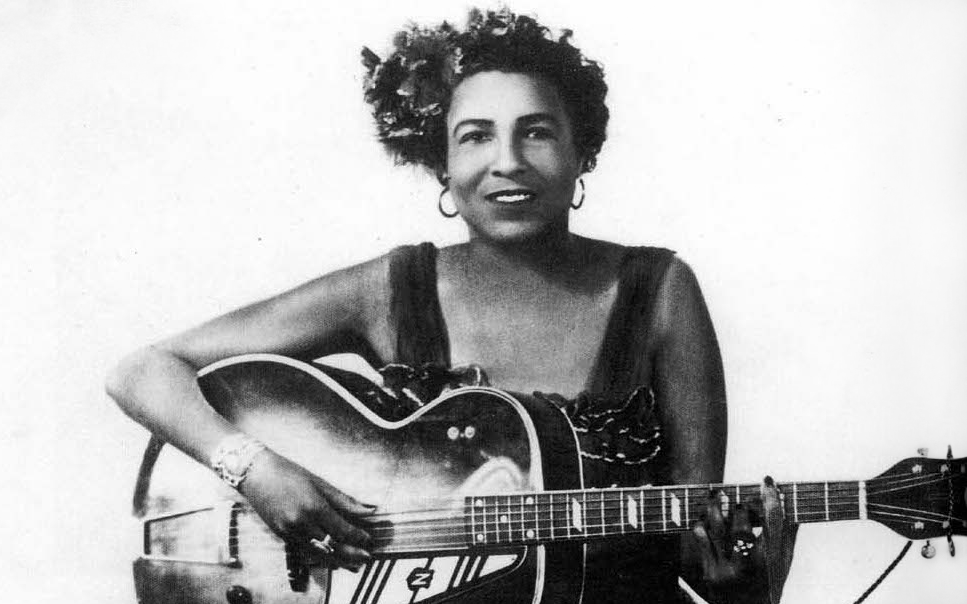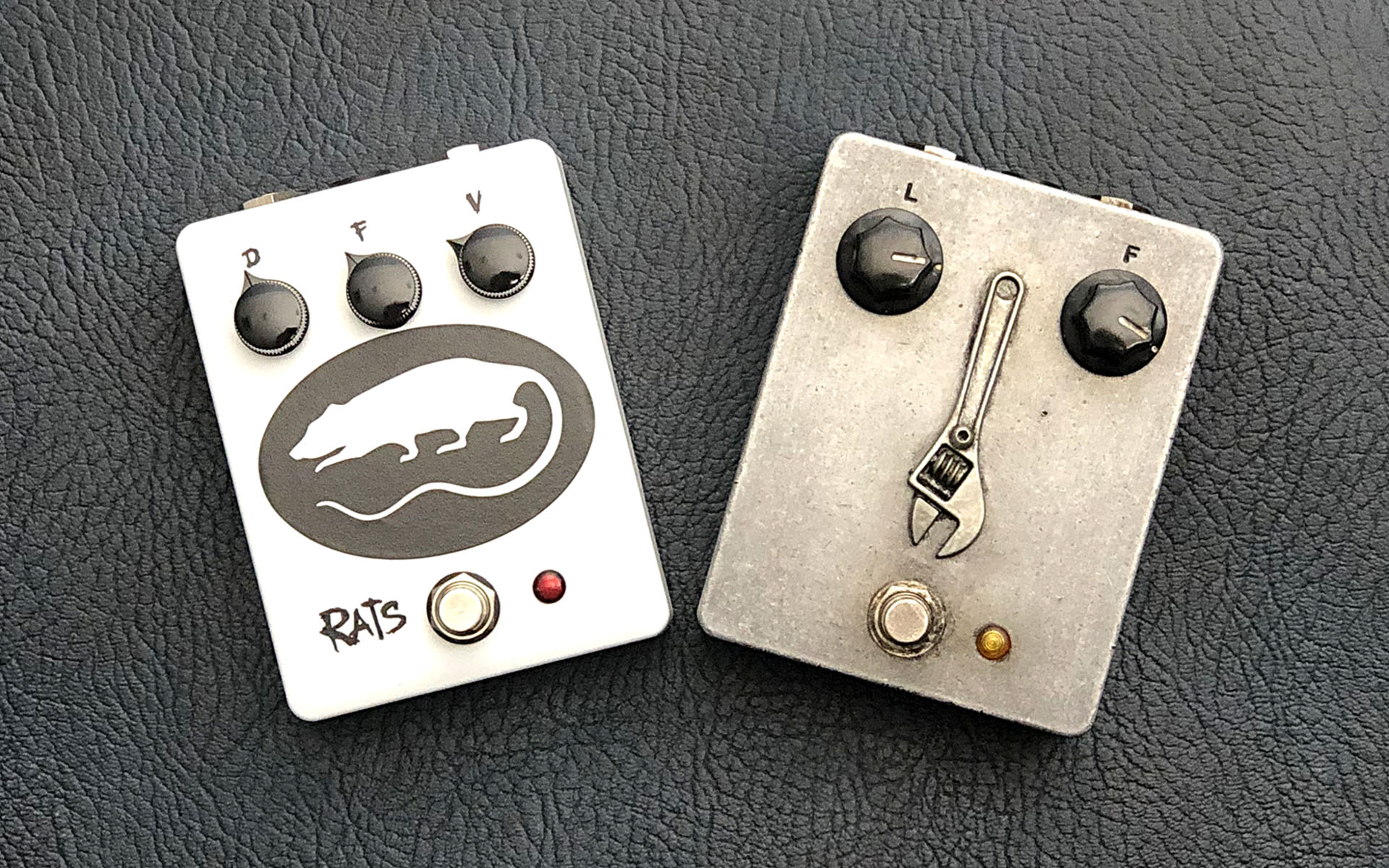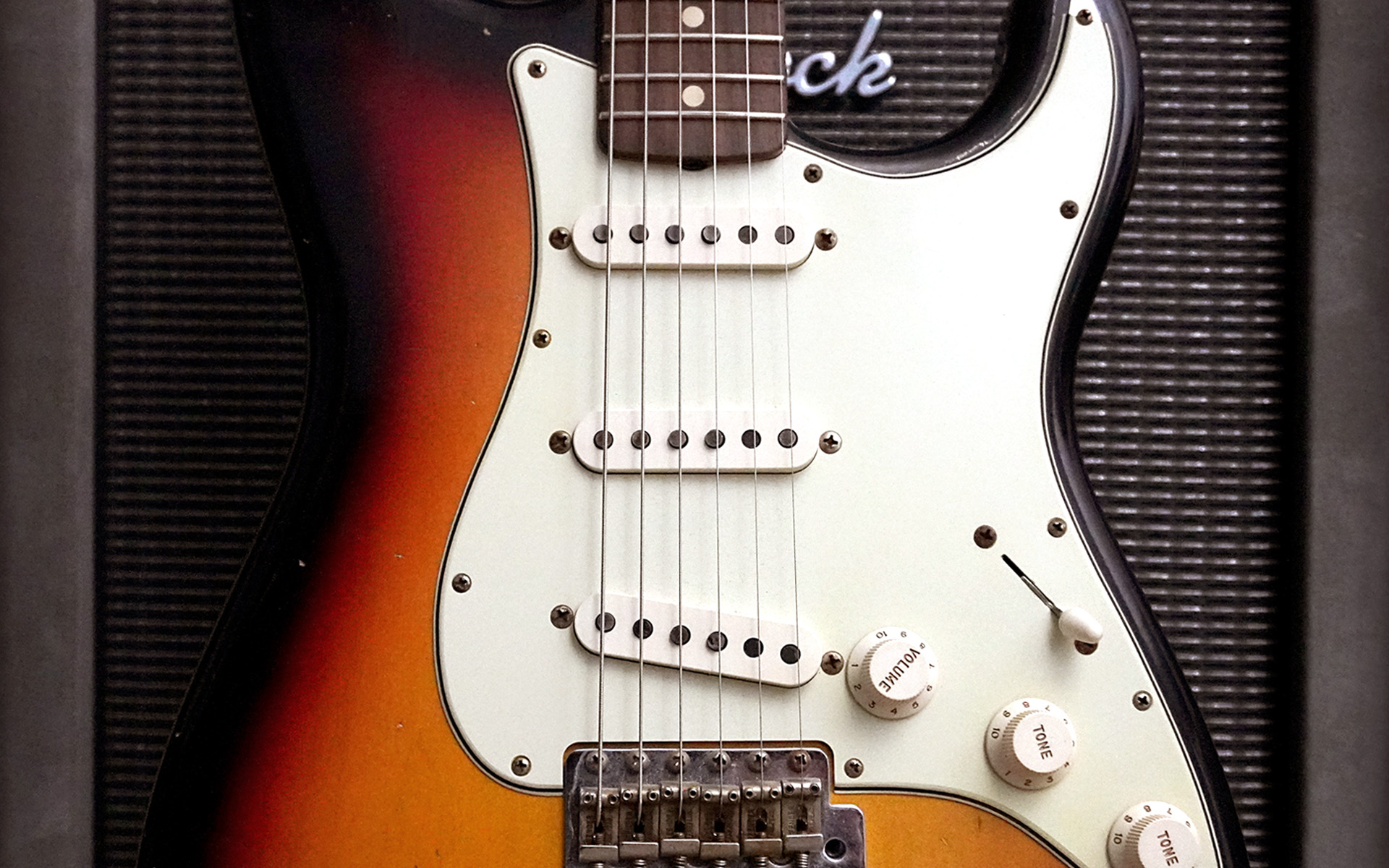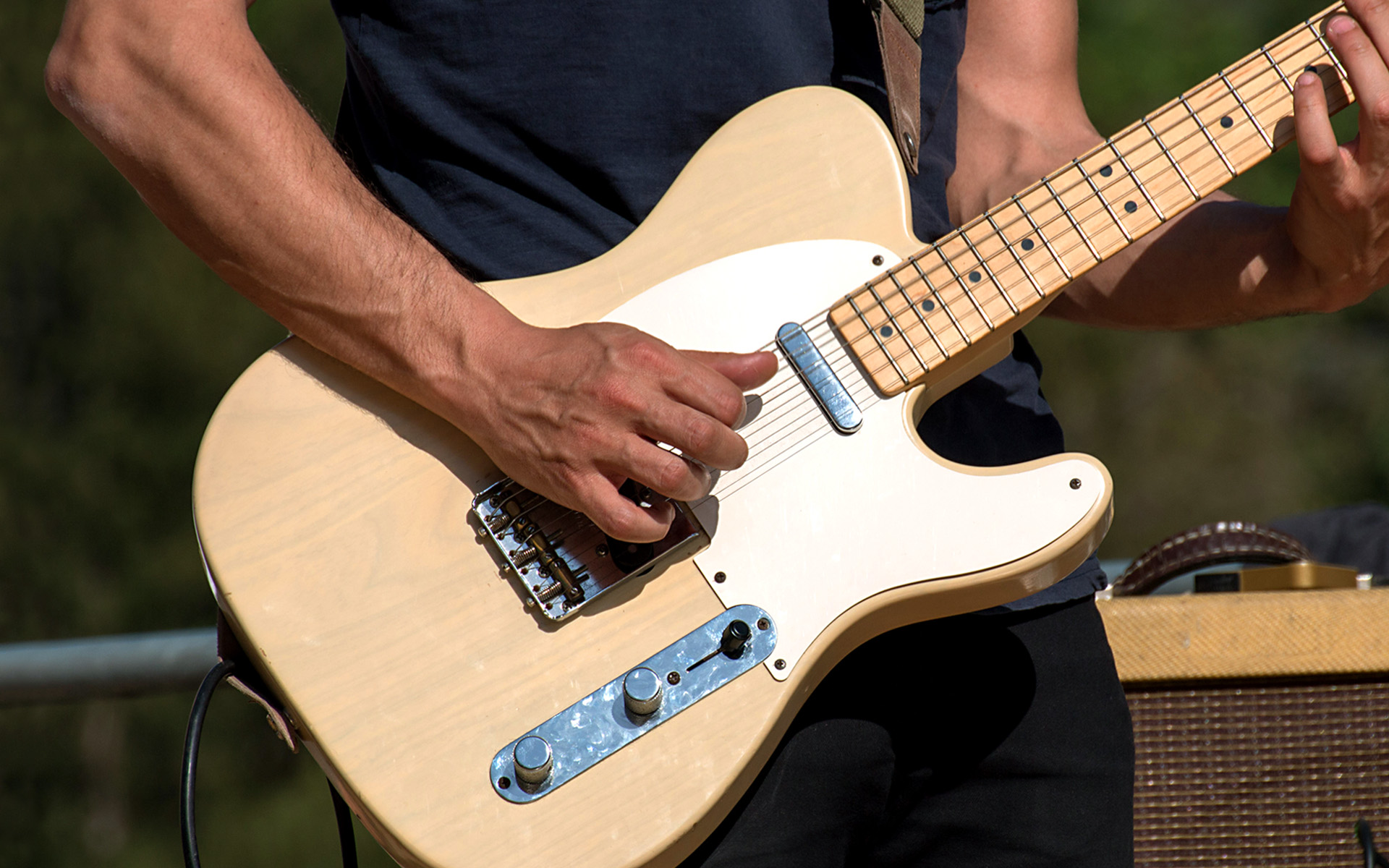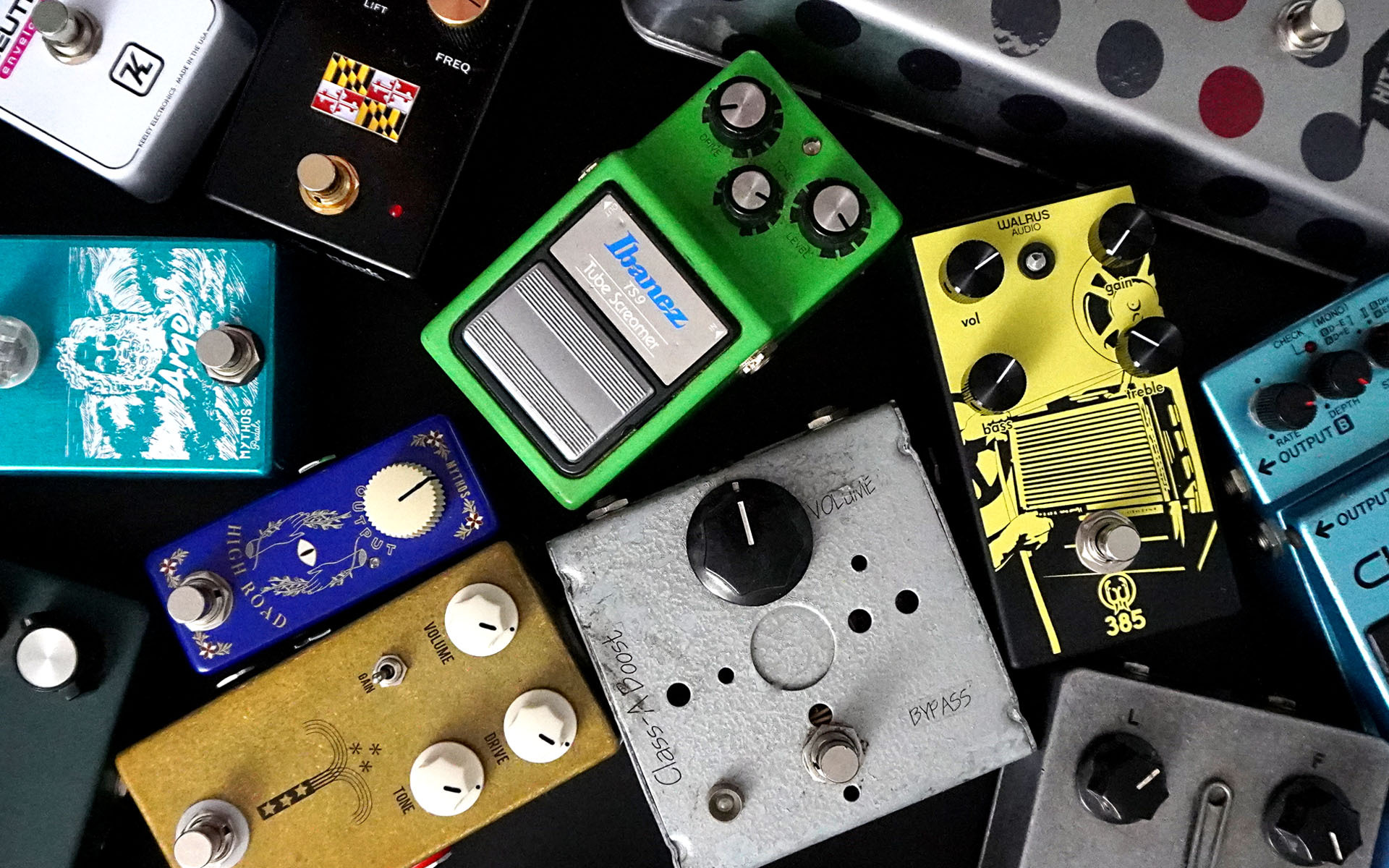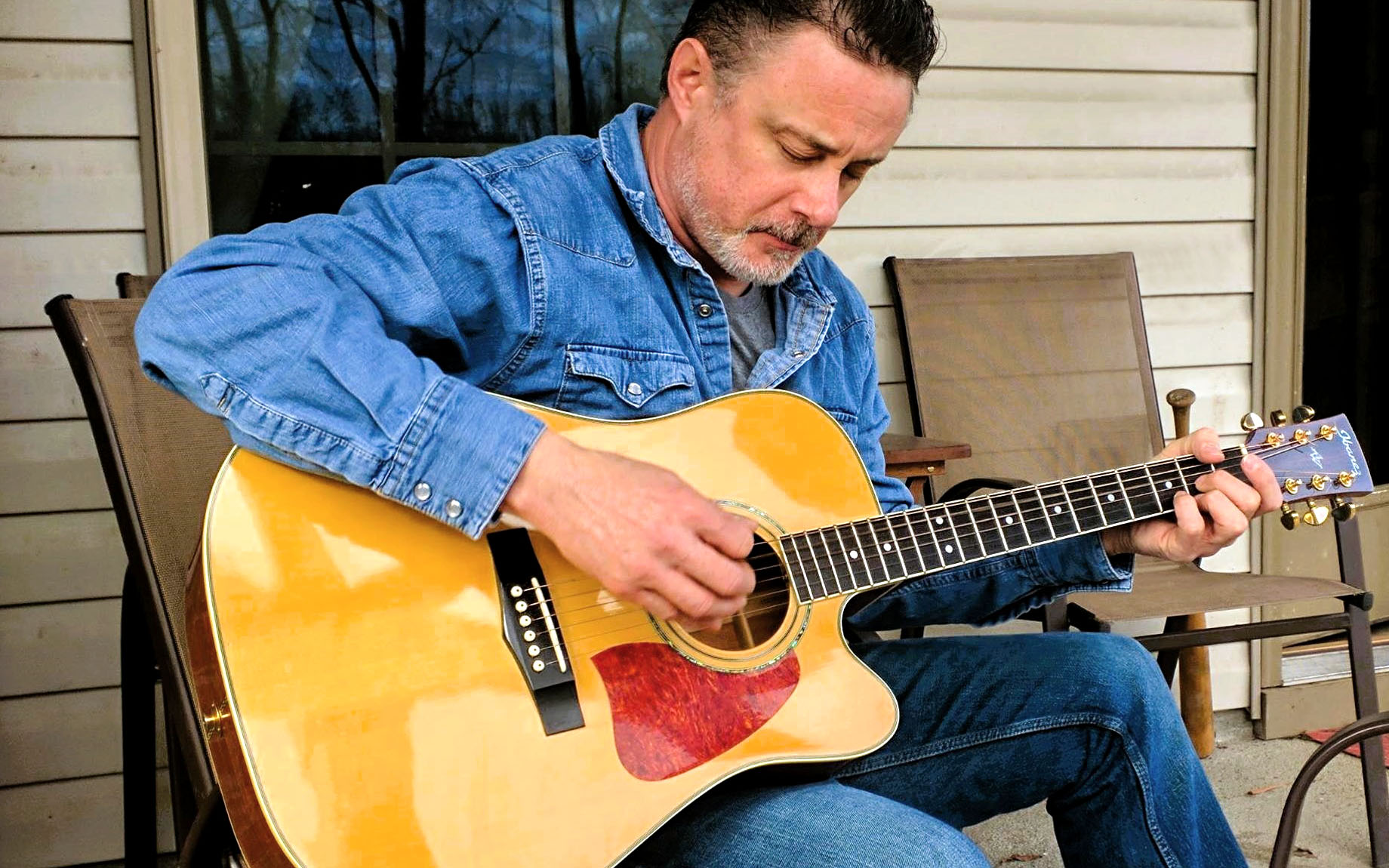The following information on acoustic blues guitar is excerpted from the Berklee Online course Acoustic Blues Guitar, written by Dan Bowden, and currently enrolling.
If you’re looking to learn acoustic blues guitar, then perhaps you’ve been inspired by contemporary blues artists such as Gary Clark Jr., Taj Mahal, Keb’ Mo’, or Bonnie Raitt. Even for artists who fall into the rock category (Elvis, Rolling Stones, Jimi Hendrix, Led Zeppelin, Eric Clapton and Cream, White Stripes, Black Keys), their style is still heavily influenced by the great acoustic blues guitarists of the past century. When learning acoustic blues guitar, it’s important to learn the traditional techniques that these contemporary artists employ, such as finger-picking and slides, as well as the history of where the genre originated.
What is Blues and Where Did it Originate?
Blues is a word that describes a distinctive form of musical output, developed by African Americans that lived primarily in the South. Blues was conceived in the cotton fields, from field hollers and work songs that expressed the hardships of an oppressed and exploited African American underclass. The musical elements of blues are distinctly African in origin—the pentatonic scales, polyrhythms, use of microtones and pitch bends, and call-and-response phrase structure all originate from the African continent. The first strains of what we would identify as blues were identified around the turn of the century, around the same time recording technology was developed.
Now that we’ve done a very brief overview of the history of acoustic blues guitar, let’s dive into these four tips to improve your playing:
1. Start with a Driving Bass Line
From its beginnings, fingerstyle acoustic blues guitar has been anchored by a driving bass, provided by the thumb of the picking hand. Most acoustic blues guitarists use a thumb pick to play the root of the chord, driving the rhythm of the bass line, which takes the place of percussion. The reason for this is traditional acoustic blues guitar players operated as a one-person band, providing the groove for dancing all night long in juke joints, at parties, and at Saturday night fish fries.
Big Bill Broonzy’s “Hey, Hey Baby” is a great example of a driving bass rhythm.
Try the intro!
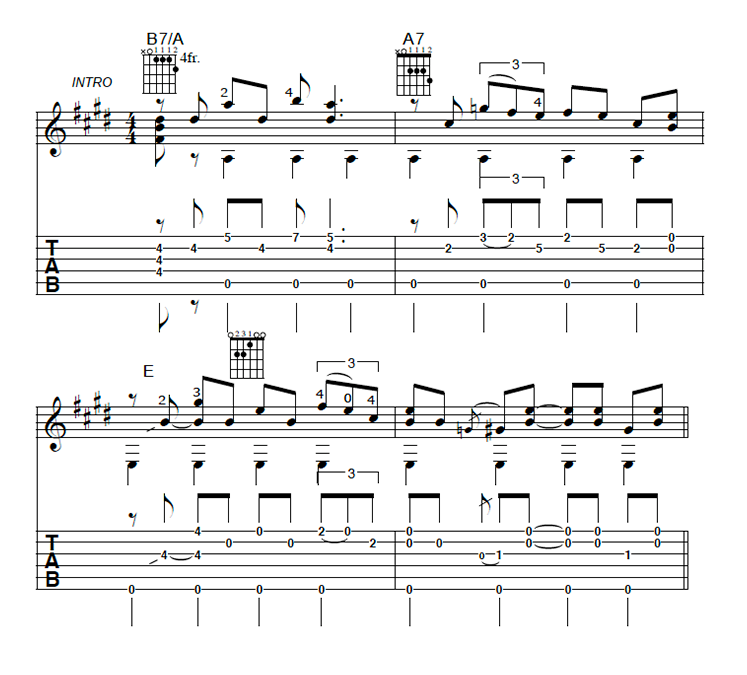
EARN YOUR PROFESSIONAL CERTIFICATE IN BLUES GUITAR
2. Develop an Alternating Bass
Alternating bass, which is fundamental to the acoustic blues guitar style, is the next level of complexity you’ll encounter. Playing an alternating bass means that rather than solely driving the root of a chord on a single string, the alternate bass will have a secondary bass note, usually the root in a higher octave or the 5th of the chord. All bass notes are to be picked with the thumb.
“Freight Train” by Elizabeth Cotten (Nevills) is an important song in the acoustic blues repertoire. It’s been covered by countless artists like Peter, Paul & Mary and the Grateful Dead. It offers a great opportunity to develop the alternating-bass technique.
Here is the chord progression to “Freight Train,” in Roman numeral form:
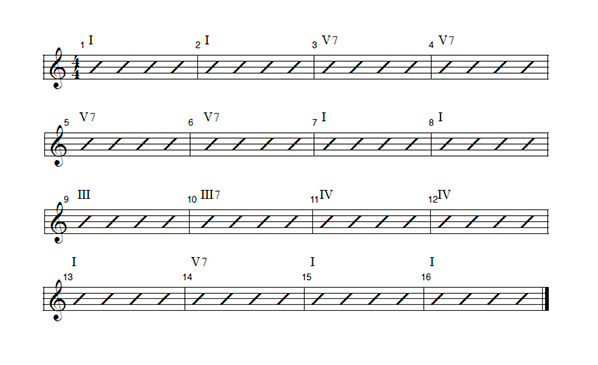
3. Acoustic Blues Soloing
You may be approaching acoustic blues soloing with an electric blues background and orientation. Be mindful of a few basic concepts that will help you to channel your electric blues playing into a more acoustic blues sound. Let’s look at some devices that will help you improve your acoustic blues guitar soloing:
Quarter-Step Bend Licks
Being that acoustic guitars typically have heavier string gauges and tension than electrics, it’s more difficult to push the string up into a half-step or whole-step bend. Use small string bends around a quarter step, especially on the b3 scale tones, for a more acoustic blues sound.
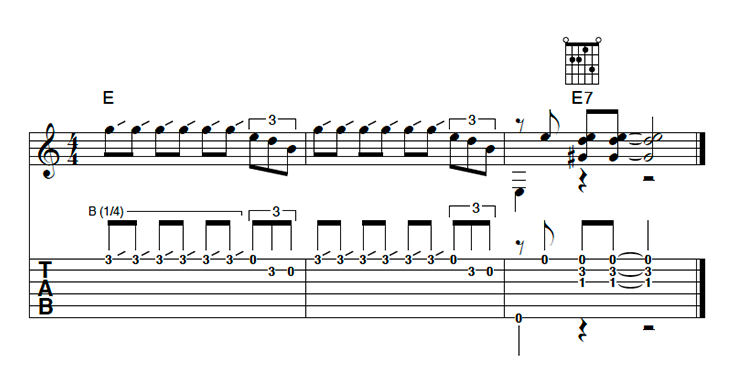
Favor the Use of Open-String Notes over Fretted Notes
On electric guitar, it feels comfortable and sounds great to play the entire solo up on the fretboard. On acoustic, it sounds more bluesy to use and play off open strings.
A Typical Electric Guitar Fingering:

A Typical Acoustic Blues Fingering:
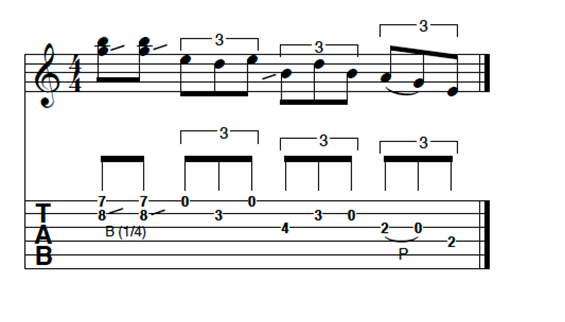
Explore This Diagonal Fingering for E Pentatonic Minor
It’s useful to arrange pentatonic scales diagonally on the fretboard so that as the notes ascend in pitch, you are moving up the neck and as the notes descend in pitch, you are then moving down the neck towards the open strings. These are especially advantageous for acoustic blues.
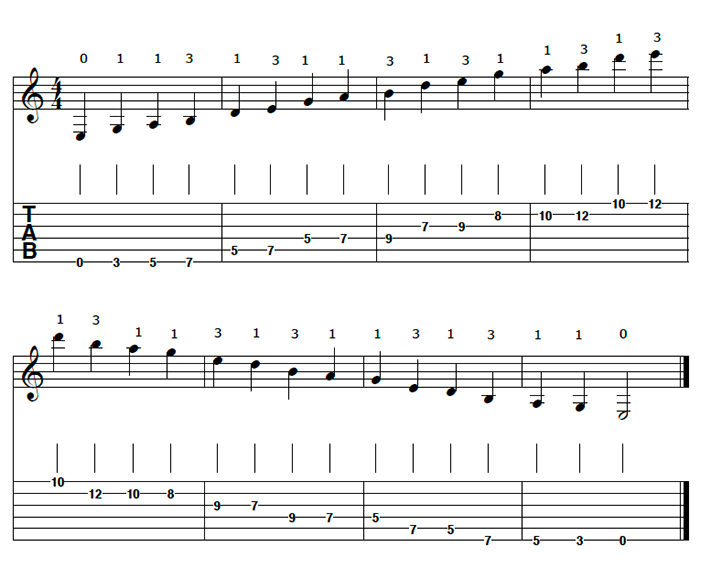
4. Bottleneck/Slide Guitar Style
The bottleneck, or slide, style of guitar comes closest to conveying the emotion of the human voice. Using an object to glide up and down a string, as opposed to fretting, allows for phrasing and nuance like that of a singer.
To play this style, you’ll need to purchase a slide. A slide is a glass or metal tube you put over your fret finger to glide up and down the fretboard. You can also, quite literally, use a bottleneck to produce this sound, but it’s not always as precise. You’ll also want to use an acoustic guitar with light gauge and action set for normal playability. This will have sufficient string tension for playing. Phosphor-bronze strings provide an ideal tone for slide guitar on acoustics and especially on resonator guitars such as Nationals.
Next, try tuning your guitar to open G “Spanish” tuning. The tuning was called “Spanish” by blues musicians in the South because of its association with the song “Spanish Fandango.” Three strings need to be adjusted with decreased tension to go to open G “Spanish” tuning from standard tuning:

These chord forms are commonly used in open G tuning. Try them out!
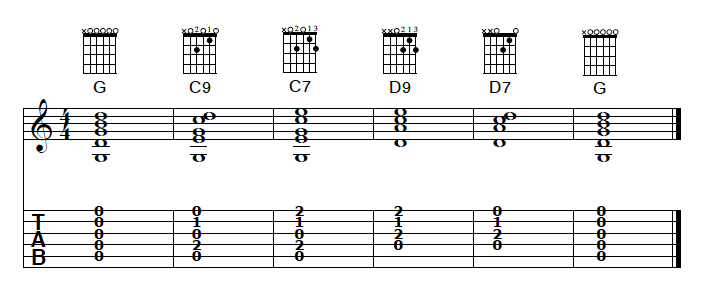
The song “Death Letter” by Son House is vocally, musically, and lyrically one the most powerful blues tracks ever recorded, and uses a slide in open G tuning. A testament to the endurance of this song, check out the White Stripes (more electrified) version, from nearly 50 years after the original.
I hope you enjoyed this excerpt, from the Berklee Online course Acoustic Blues Guitar. In the 12-week course, you’ll do a deep dive into these concepts, including the origins and characteristics of blues, and the important works by blues artists throughout the decades. You’ll also get a comprehensive overview of how to fingerpick melodies and solos over independent bass patterns, perform in the acoustic bottleneck slide style in standard and open tunings, and develop a varied repertoire of acoustic blues that includes historic as well as contemporary examples.
EARN YOUR BACHELOR’S DEGREE IN GUITAR FROM BERKLEE ONLINE





